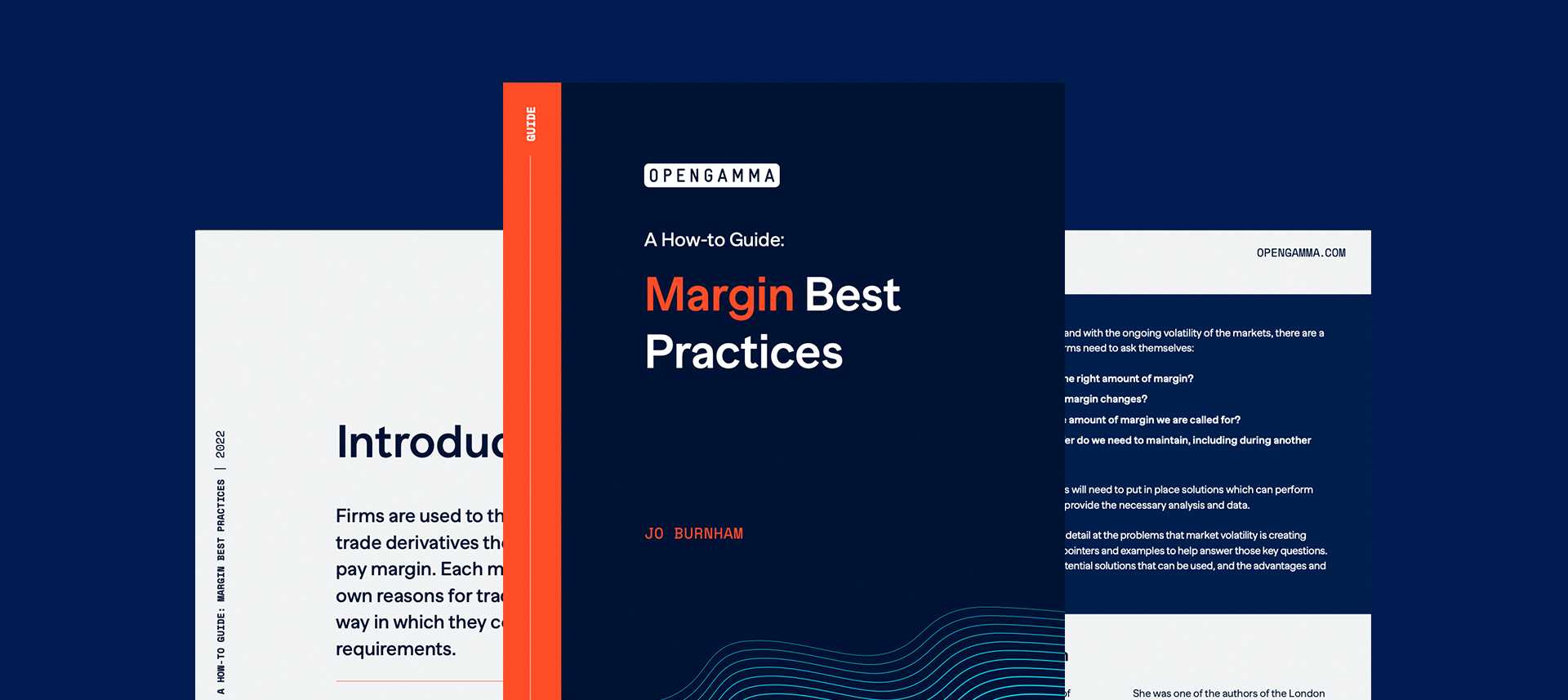The Need For a Multi-Functional What-If Tool In Trading
Thinking that you can rely on a combination of spreadsheets and CCP tools to perform What-If is not going to be enough.
Traders aren’t always aware of the consequences of their trades on fund-level margin. If they place their business at the wrong CCP or broker they can end up breaching limits. Having to move these positions after the event will incur execution and clearing fees for closing and reopening the trade.
Alternatively, it may be necessary to move positions from one clearing broker to another. This may not lead to the same level of additional costs, but depending on the systems used and how the trades are booked, it can cause significant IT problems.
Issues can also occur when trading new markets or strategies. Using multiple tools, having to run simulations and pulling the correct results together from the various systems, it can take weeks to present a view to management of how these new markets would impact the firm’s position.
What is required is a pre-trade What If tool that can support all the possible use cases. It should provide the following benefits:
-
Lower overall margin by comparing brokers and identifying the best place to allocate trades, taking into account existing positions and any broker specific algorithms.
-
Suggest equivalent products at alternative trading venues that can reduce margin requirements, taking into account differences in margin algorithms and offsets with current portfolios at the relevant CCP.
-
Assess the impact of cross product margining to optimise total margin requirements, looking at offsetting risk between OTC and Exchange Traded positions.
-
Ensure that margin levels stay below thresholds, avoiding additional funding costs or transaction fees for closing out positions.
Thinking that you can rely on a combination of spreadsheets and CCP tools to perform What If is not going to be enough, especially as many firms are becoming increasingly aware of the cost of margin, as well as looking to trade new markets in order to optimise their returns. A multi-functional tool that supports all the required markets and methodologies, is easy to use and provides results quickly is key to keeping trading within limits and optimising margin requirements. It will also avoid the expense of moving business post-trade.




